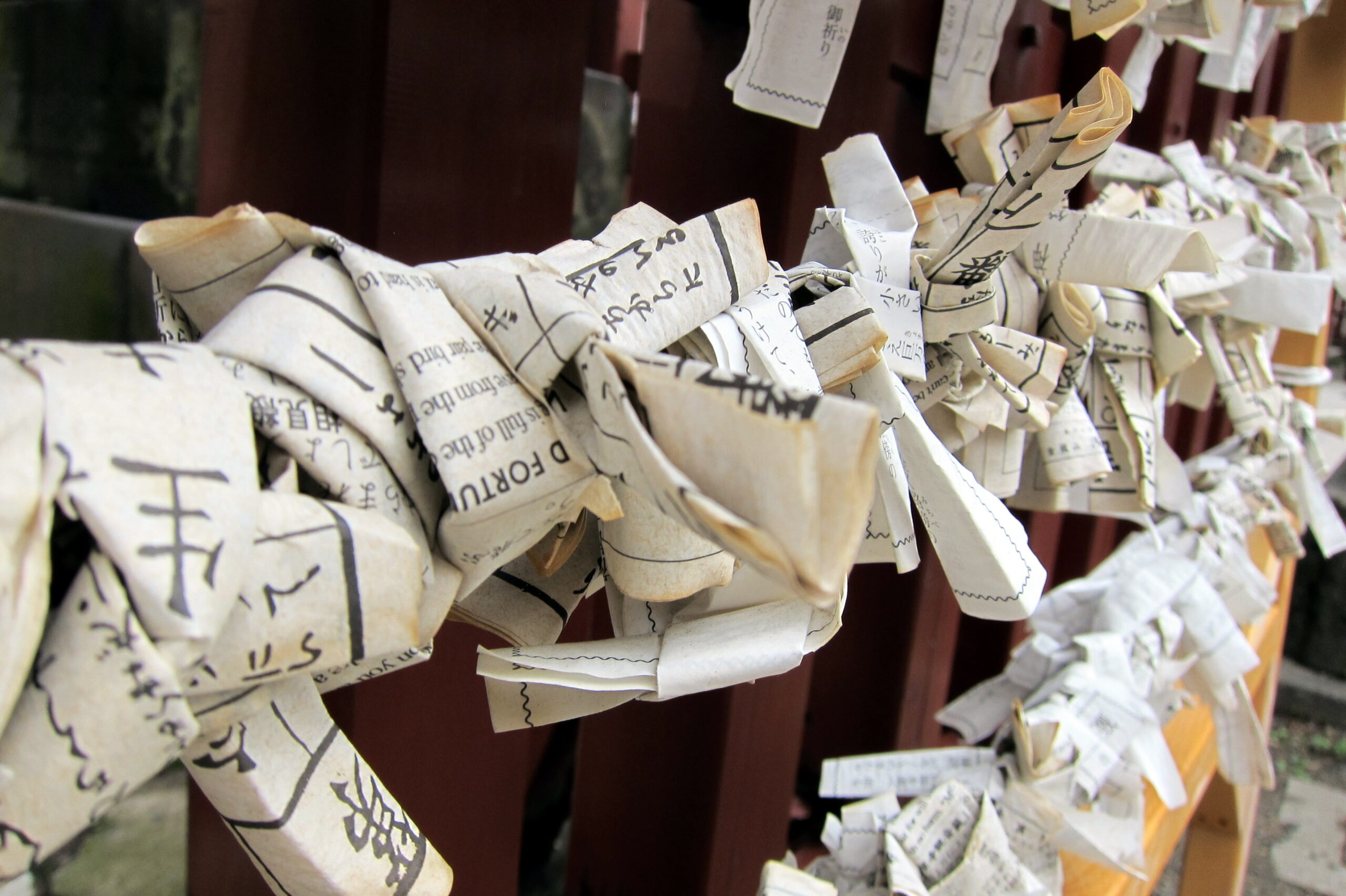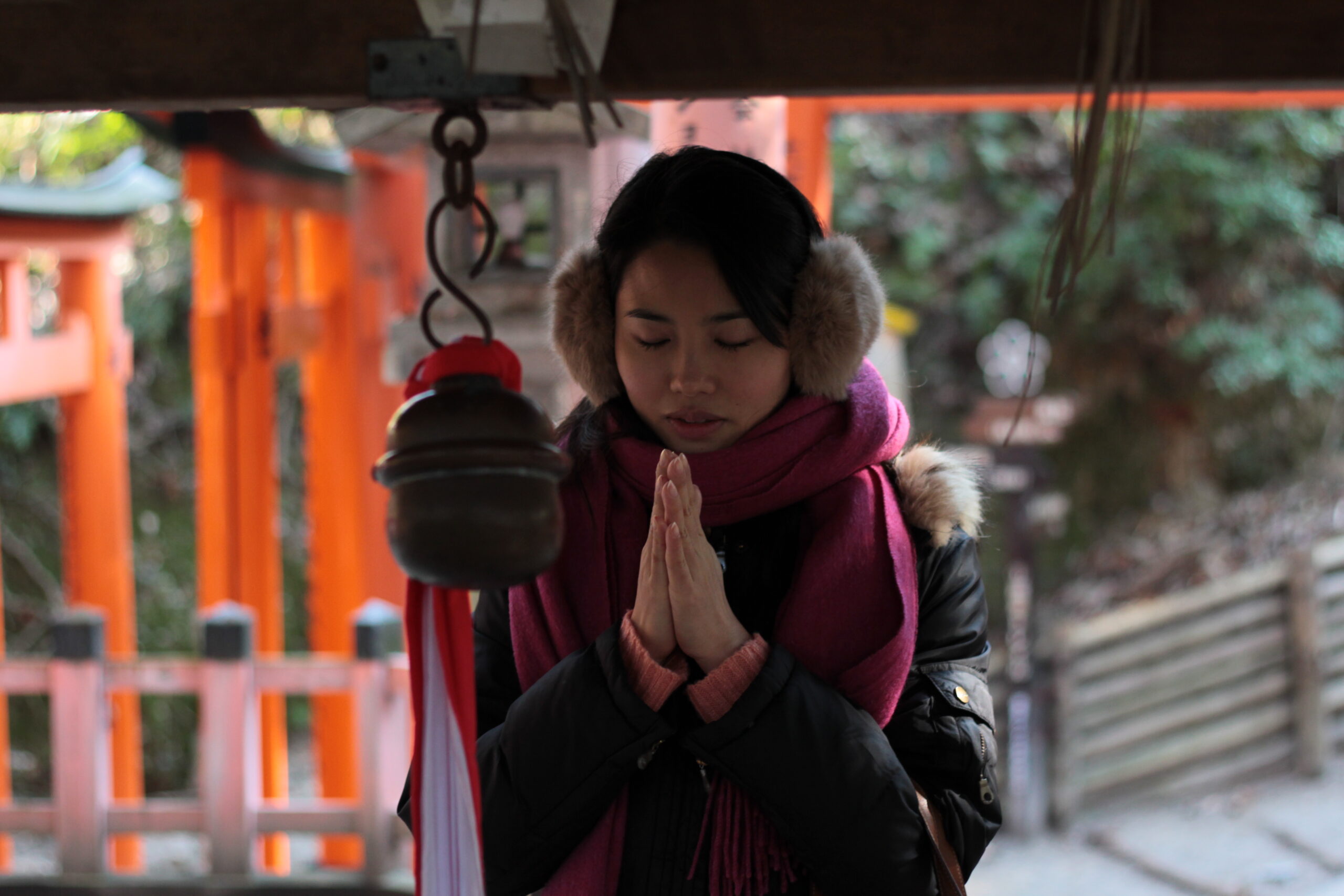Japan’s spiritual landscape is shaped by two primary religious traditions: Shinto and Buddhism. Scattered across the country, shrines and temples offer peaceful sanctuaries that reflect the depth of Japanese history, philosophy, and ritual. For many foreign visitors, stepping into these sacred spaces is a highlight of their trip. Yet, understanding the cultural etiquette and distinctions between sites is essential to having a respectful and enriching experience.
Shrines and Temples: Understanding the Difference
Though they often appear similar to the untrained eye, Shinto shrines and Buddhist temples serve different spiritual purposes and follow distinct customs. Shinto shrines—marked by bright red torii gates and open courtyards—are places to worship kami, spirits associated with elements of nature. The architecture tends to be more vibrant and airy, emphasizing harmony with natural surroundings. In contrast, Buddhist temples usually feature darker wooden tones, incense-filled halls, and pagodas. They serve as spaces for meditation and veneration of various forms of the Buddha.
In Japanese, Shrines are typically named with the suffix “-jinja” or “-taisha,” while temples often end in “-ji” or “-dera.” Visitors may find themselves exploring both in a single day, especially in cities like Kyoto or Nara where the two coexist seamlessly.
Respecting Sacred Spaces: Basic Etiquette
Stepping into these spiritual places means stepping into a different rhythm of life—one of silence, reverence, and reflection. Visitors are expected to behave quietly, refraining from loud conversations or phone use. Taking photographs is generally allowed in the outdoor areas, but certain inner sanctums may be off-limits. It’s best to look for signage or ask if unsure.
Dress codes aren’t strict, but modesty is appreciated. Tank tops, short skirts, and flashy outfits might feel out of place, especially if you’re entering an interior hall. At temples, you may be asked to remove your shoes before entering sacred buildings. And while wandering the grounds, avoid walking directly down the center path—this is traditionally reserved for the gods.
The Act of Prayer: How to Participate Respectfully
Prayer rituals differ depending on whether you’re visiting a temple or a shrine, and participating—even as an observer—can offer a deep sense of cultural immersion.
At a Buddhist temple, you’ll often find a large incense burner near the entrance. Visitors light a stick, extinguish the flame by waving (not blowing), and place it into the censer. Wafting the smoke toward yourself is thought to bring purification. Before praying, a small offering—usually a coin—is placed in the box. A silent bow and quiet reflection follow, without clapping or vocal requests.
Shrines follow a different ritual, beginning with purification. Near the entrance, a temizuya or water basin provides ladles for cleansing. First, rinse your left hand, then your right, and finally your mouth (by pouring water into your left hand and sipping discreetly). (It is important to note that since the COVID-19 outbreak some Shrines might advise to skip the rinsing of the mouth.) At the main hall, after making a coin offering and ringing the bell if there is one, the ritual includes two deep bows, two claps, a moment of silent prayer, and one final bow.
Symbols, Structures, and Stories Within the Grounds
Beyond the main halls, shrines and temples are filled with symbolic structures and spiritual markers. In shrines, you may encounter massive sacred trees wrapped in thick straw ropes (shimenawa), or even sacred rocks believed to house deities. One well-known example is the Meoto Iwa, or “Married Rocks,” in Mie Prefecture—two boulders joined by a rope symbolizing the union of husband and wife.

Temples often feature tiered pagodas that represent the Buddhist universe, as well as large statues of the Buddha and beautifully maintained gardens designed for quiet contemplation. The inner halls (honden in shrines, hondo or kondo in temples) are typically where the deity or sacred image is enshrined, though access may be restricted to clergy or for special ceremonies.
Small Rituals and Meaningful Souvenirs
At both shrines and temples, small rituals offer personal engagement with the spiritual space. Purchasing an omamori—a protective charm—is a common practice. These charms cover areas like health, safe travel, academic success, or love, and are meant to be kept with you, unopened, until they are returned to the same or a different shrine the following year.
Another tradition is drawing an omikuji, a paper fortune. After making a small donation, you shake a numbered box and receive a slip predicting your luck. If the fortune is good, you may keep it; if not, tying it to a rack or tree on site is said to leave the bad luck behind. At shrines, you might also find wooden plaques called ema, where visitors write wishes and hang them up for the kami to see.

Where to Go: Famous Shrines and Temples to Visit
Japan offers countless places to experience these spiritual traditions, each with its own atmosphere and significance. In Tokyo, Meiji Jingu stands as a towering Shinto shrine surrounded by a quiet forest—an unexpected retreat in the city center. Not far away, Senso-ji Temple in Asakusa welcomes visitors with its enormous lantern gate and bustling market street.
Kyoto boasts some of the most iconic sacred sites: Fushimi Inari Taisha with its endless path of red torii gates, the shimmering Golden Pavilion of Kinkaku-ji, and Ryoan-ji, known for its austere rock garden. In Nara, Todaiji Temple impresses with a giant bronze Buddha and the freely roaming deer in its park. For those traveling to Hiroshima, Miyajima’s Itsukushima Shrine, with its floating torii gate, offers one of the most photogenic spiritual sites in Japan.
And perhaps the most revered of all is Ise Jingu, the spiritual heart of Shintoism, reconstructed every 20 years in a tradition that spans centuries.
A Meaningful Journey
Visiting a shrine or temple in Japan is not simply an item to check off your travel itinerary—it’s an invitation to slow down, observe, and reflect. Whether you’re there to pray, to admire the architecture, or to take in the quiet atmosphere, showing respect for the sacredness of these sites will deepen your appreciation of Japan’s spiritual and cultural heritage.

